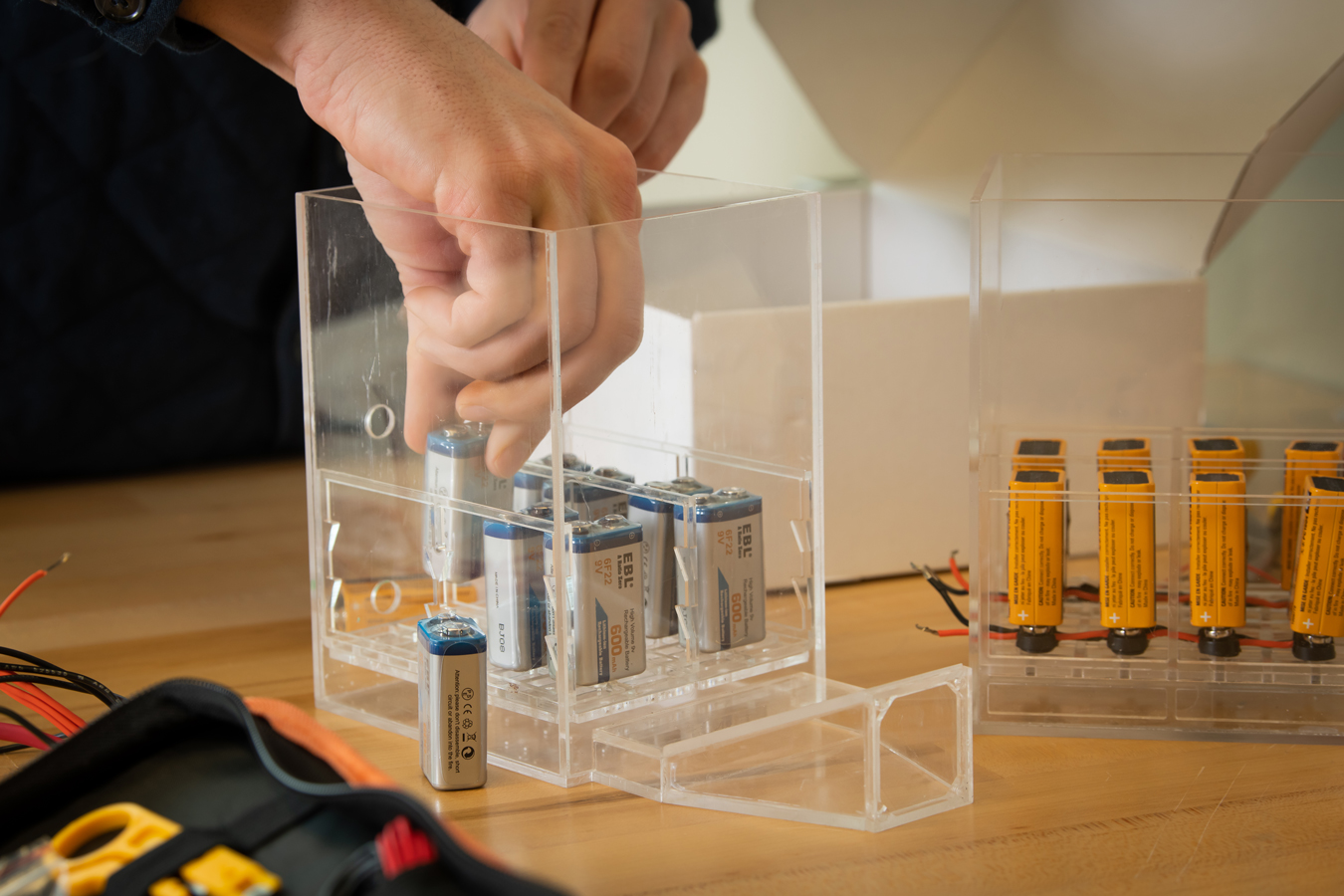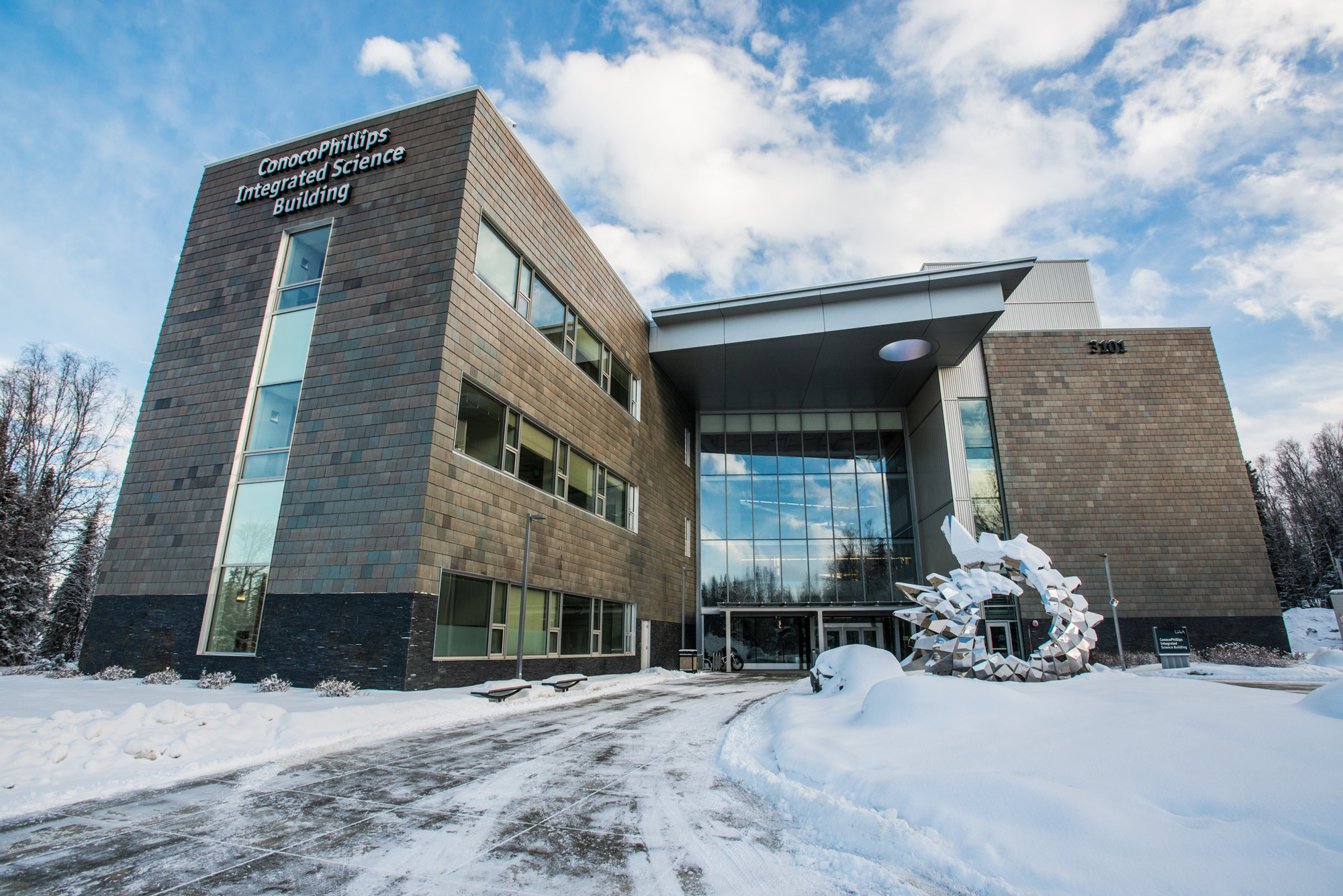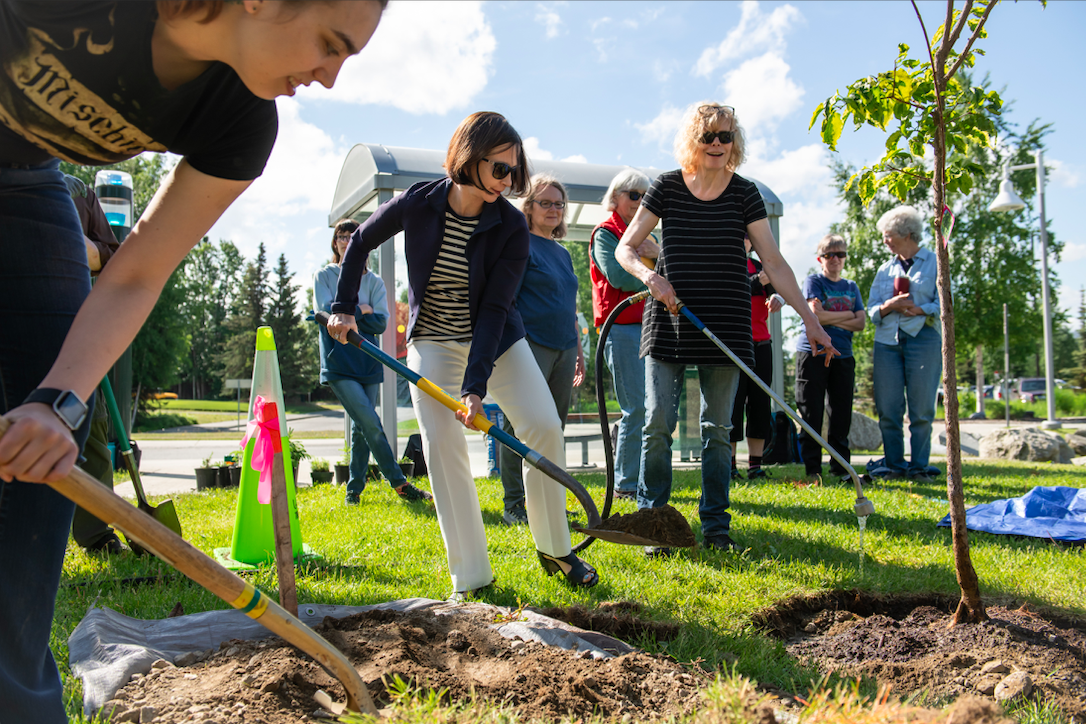A researcher’s guide to keeping batteries cool
by Joe Selmont, UAA College of Egineering |

As Alaskans we know how vital mobile devices are during a natural disaster. Anchorage’s November 2018 earthquake reinforced the importance of cell phones to place lifesaving calls to emergency responders, reach out to loved ones to ensure their safety and to access up-to-date information.
But what happens if the quake knocks out electricity? During an emergency situation like that, is there a failsafe in place that will help keep us all connected?
“Yes,” answered Getu Hailu, Ph.D., assistant professor of mechanical engineering at the UAA College of Engineering. “Emergency backup batteries.”
He added, “After Hurricane Katrina, which was an enormous disaster from many perspectives, including telecommunications, the Federal Communications Commission (FCC) put out a recommendation that telecom companies invest in battery facilities.”
Alaska companies have, by and large, followed that recommendation. At almost any cell tower across the state, you will find a small room with an array of large batteries that are constantly charging, sitting in wait for the moment in which they will be required to keep us safe. This is especially important in Alaska, which is ranked 26th in the nation in terms of electrical grid reliability.
But these emergency backup batteries have one major drawback: they’re hot. And not just warm to the touch like your smartphone after it’s been plugged in for a few hours — but extremely hot. So hot, in fact, that Alaska telecom companies are spending hundreds of thousands of dollars per year to cool the batteries down.

That’s where Hailu’s research comes in. With support from the ConocoPhillips Arctic Science and Engineering Endowment, Hailu and Martin Henke, a student in the mechanical engineering master’s degree program, are working together to determine a simple and efficient way of keeping the batteries cool.
And their solution is, in fact, deceptively simple. They’re using air.
“With fan affinity laws and computational fluid dynamics, we’ve been able to model air flow and gain huge efficiencies with little adjustments,” said Henke. “And the preliminary results are super encouraging. We could improve fan efficiency by up to 50%. This could really extend the functional life of those batteries.”
So, what is Henke talking about?
Basically, Hailu and Henke have spent a great deal of time on computer modeling to test a wide variety of air flow scenarios. To evaluate cooling efficiencies, the scenarios have been combined with the tried and true fan affinity laws that Henke mentioned. Like the law of gravity or the laws of thermodynamics, the fan affinity laws can be expressed through math and are based on repeated experiments.
“What we’re focused on now is validating the computer model through experimental testing,” said Hailu.
At the end of 2019, a team of mechanical engineering seniors designed and built an experimental unit that Hailu and Henke are now using to test their computer models. The experimental unit is a miniature version of the actual emergency backup battery facilities used by telecom companies. It is made of plexiglass, 9-volt batteries, a variety of electronic components, sensors and data acquisition devices.
For the time being, Hailu and Henke are running tests and waiting for more results. For Henke, who has made this research project the core of his master’s degree thesis, it has been a surprisingly fun experience.
“Before really digging into this, I had to teach myself all about computational fluid dynamics,” Henke said. “And with that knowledge I now get to help teach the heating, ventilation and air conditioning (HVAC) courses. I’ve learned a lot.”
Hailu and Henke’s research has applications outside of the telecom industry.
“Alternative energy, big computing and the oil industries could all make use of this work,” said Hailu. “In fact, the oil companies are very interested. Their facilities — especially offshore facilities in hot places like the Caribbean — are constantly fighting overheated batteries. One of the seniors who helped design our experimental unit was just hired for exactly that reason.”
After graduation, Henke wants to take this project and continue leveraging it for meaningful purposes. He spent two years in the Peace Corps before coming back to UAA for his master’s degree and he wants to find a career that combines the ethos of the Peace Corps with the research experience he’s gained.
“I can see myself working in the alternative energy sector,” said Henke. “That’s somewhere I can see making a difference.”
 "A researcher’s guide to keeping batteries cool" is licensed under a Creative Commons Attribution-NonCommercial 4.0 International License.
"A researcher’s guide to keeping batteries cool" is licensed under a Creative Commons Attribution-NonCommercial 4.0 International License.














